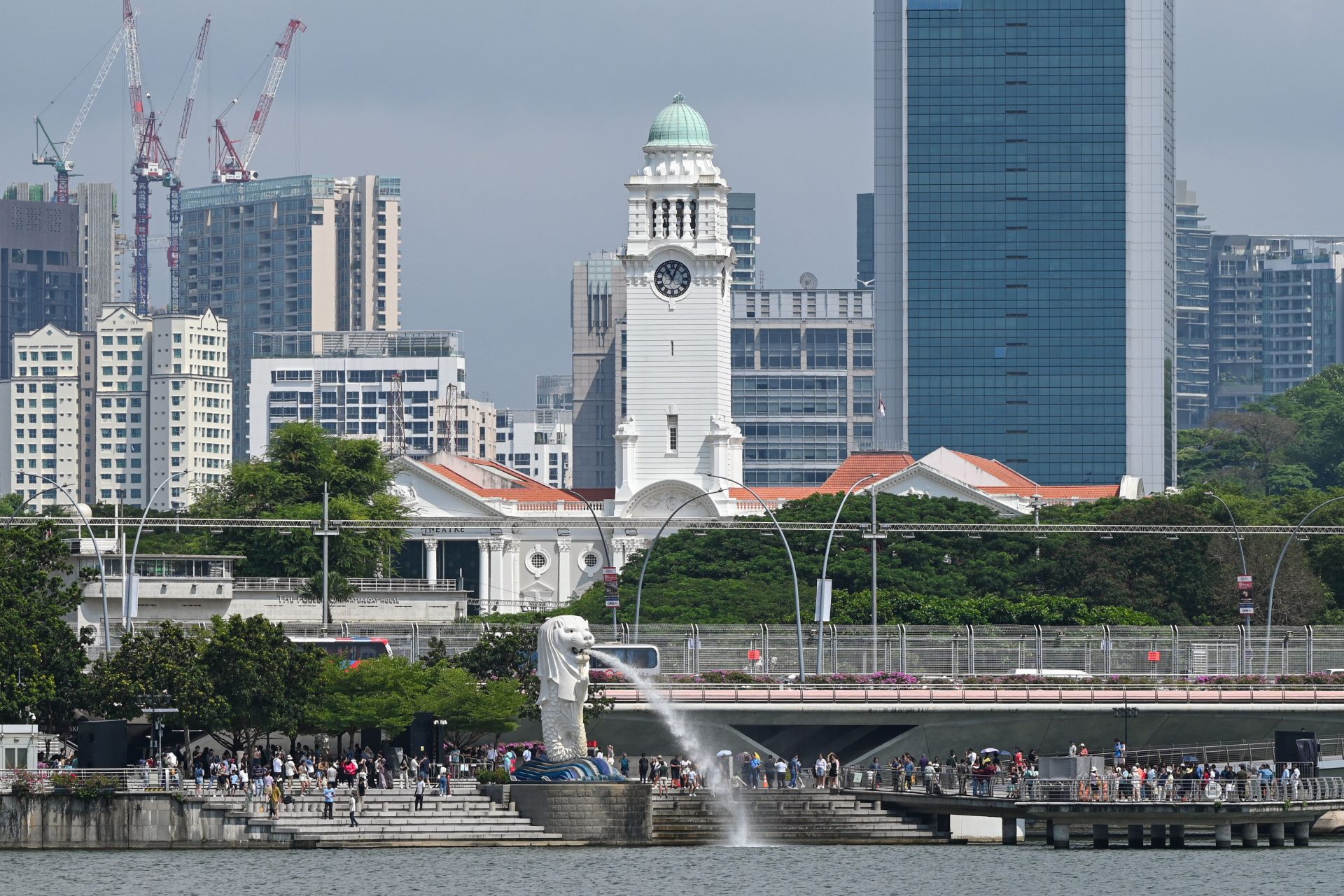Singapore becomes the first "engineered" blue zone, locals are skeptical
Dan Buettner, a National Geographic fellow and the creator of the Blue Zones concept, has designated Singapore as the 6th and newest Blue Zone.
Blue Zones were first characterized in a 2004 research study about Sardinia, Italy, with many people over 100 years old. Buettner then identified other similar areas to find the key to longevity.
Still, Singapore is very different from the other five Blue Zones. It is a relatively young country, has very different values, and has a productivity-driven society.
On his website, Buettner characterized Singapore as an "engineered utopia." Making it the first to make the list by way of government policy, instead of an organic lifestyle.
That is why locals are very skeptical of the designation. According to testimonies cited by Business Insider, many believe that the lifestyle of the city-state is far from ideal.
The central idea of Buettner's Blue Zones is that lifestyle factors are more important for human longevity than genetics. Something that has been backed by research.
Singapore is a much faster, more dynamic, and more stressful place, with a high demand for effort from workers. Some of the key aspects that prolong life expectancy in a Blue Zone are not met on the island.
The first one is the relaxation and a slow life rhythm Buettner claims he found in the Blue Zones. A 2022 review published in The Lancet showed that stress and stress-related disorders vastly increase the risk of all-cause mortality, backing this claim.
The second one is community. A 2010 meta-analysis published in PLOS One broadly supports Buettner's claim that solid social connections promote longevity, but Singapore is a very competitive society.
The meta-analysis found that social integration effectively extends life expectancy, but locals told Insider that in Singapore, children learn that others are their competition early in life.
However, Buettner believes that the key to Singapore's long life expectancy comes from their system of safety and security: public services, healthcare, and economic security. He also found some similar traits with other Blue Zones.
Blue Zones have diets characterized by a high intake of plant fruits and vegetables, legumes, nuts, seeds, a little meat, low-fat dairy products, and unsaturated oils like olive oil.
One of the traits that Buettner identified in the Blue Zones is what Okinawans call the "80% rule." It states that people should stop eating when they are 80% full. Live Science says it may reduce the risk of type 2 diabetes, cardiovascular diseases, cancer, and neurological disorders.
Highly active people are less likely to die prematurely, according to a 2021 analysis published in the journal Preventive Medicine and collected by Live Science. Buettner describes all Blue Zones as active places where people often move.
Like Nicoya's 'plan de vida,' Okinawans have something called 'ikigai,' they both refer to the reason people have to get out of bed every morning, their purpose. A 2016 paper review published in the journal Psychosomatic Medicine suggests it works.
There are five Blue Zones, according to Buettner's book 'The Blue Zones: Lessons for Living Longer From the People Who've Lived the Longest.' The first one he lists is the Ikaria island in Greece (in the picture).
The second community he lists is Loma Linda, in California. There, a Seventh-day Adventist church community exceeds the life expectancy of the US by ten years, according to Buettner.
Sardinia, in Italy, was the first blue zone described by researchers. According to Buettner's project website, the reason appears to be genetic. The M26 marker is linked to exceptional longevity.
Japan is the country with the longest life expectancy. Okinawa is home to the oldest women on the planet. Buettner says Okinawans have less cancer, heart disease, and dementia than Americans.
The last is a Latin American Blue Zone: Nicoya, Costa Rica. This peninsula has a concept called 'plan de vida,' to which Buettner attributes their longevity. It conveys a sense of purpose.
Despite being disputed by some research, some of Buettner's claims have a scientific background. He identified traits and habits that Science has confirmed help increase life expectancy.
More for you
Top Stories


































